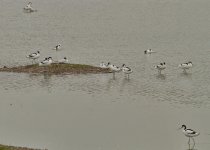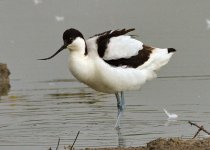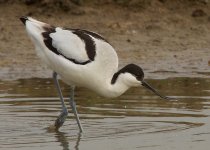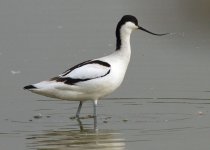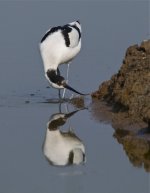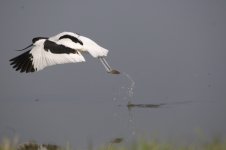Spent the first part of the day at the
Moors 9am till 11.55am, where the cool easterly and low mist made it feel very un-spring like. Several chiffchaff sang and 2
Sand martins made a brief appearance, but this apart there was little in the way of movement.
As the mist lifted and things warmed up 4 Buzzards soared above the hide, causing panic. Oystercatchers were very animated with at least 6 present (7 on the reserve), the pair of lapwing displayed and 5 snipe performed well, just below the east hide.
The BHG colony numbered 340 (many of these were 1st summers), so hopefully we wont be swamped by them in the breeding season.
Other species seen at the
Moors were:
GCG 4, Little grebe, shoveler 12 (8 males), Teal 10, Gadwall 4 (2 prs), shelduck pr, tufted 45, greylag pair, Herring gull 2, LBBG pr, kingfisher, green and great spotted woodpeckers, Mistle thrush 2 singing,
From 12 till 6.15pm I spent at the
Flashes,
By 1pm the weather and birding was June like, hot, sticky and static. Unfortunately the
Avocet numbers had dropped drastically from 14 (21st) to between 7 and 9 (22nd), to 5 today:-C. More worryingly they were for the most part feeding away from the 'core central area'. Birds were instead feeding in the 3rd Flash , in front of the 1st Flash hide and in the NE corner of the 1st Flash. Later however one was feeding in front of the new hide.
3 LRP were involved in a tag game chasing each other for an hour or more. Towards the end of the day things did liven up a bit, with a fly over calling adult
Common gull, a
green sand dropped from high to land in the 3rd Flash and the lapwing colony had built up to 20 birds. At least 3 separate meadow pipits flew over calling.
Other sightings at the
Flashes included:
Teal 15, gadwall pr, shelduck a male was chased off by the pair from the Moors, snipe, Oystercatcher 4, BHG 300+ roosted, herring gull ad with a broken leg roosted and another 2 ads flew over. Coot 12, green woodpecker, stock dove c10,
fieldfare 5 in the old orchard, linnet 4, pied wags 4, treecreeper,
green sand and common gull were both year ticks for me on the reserve.
B

John




